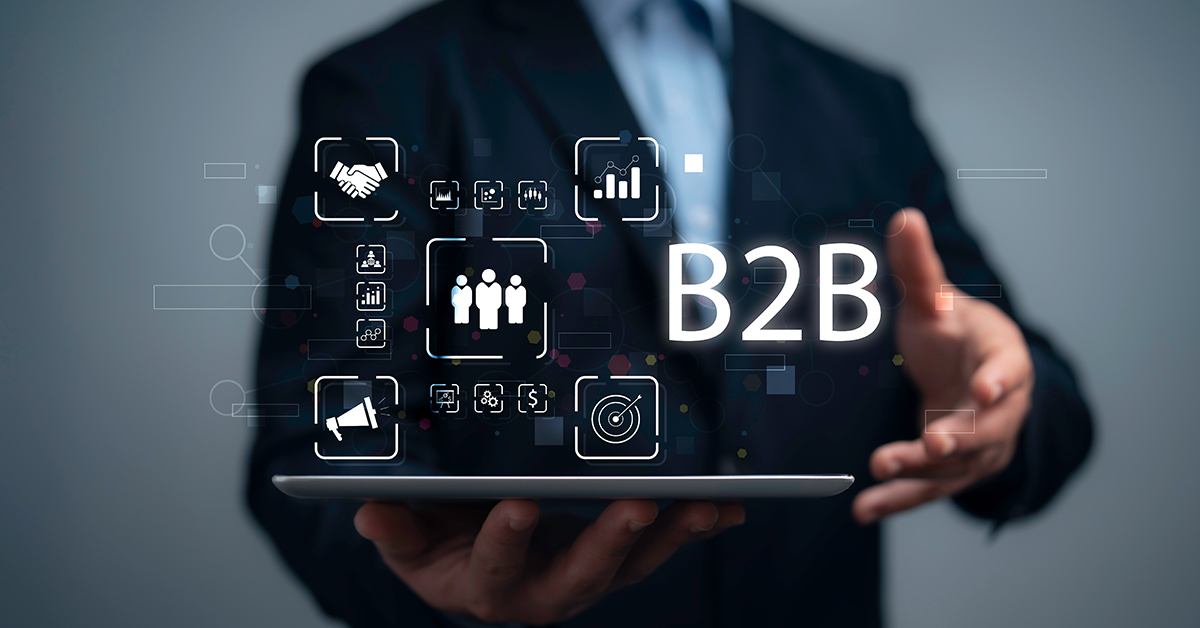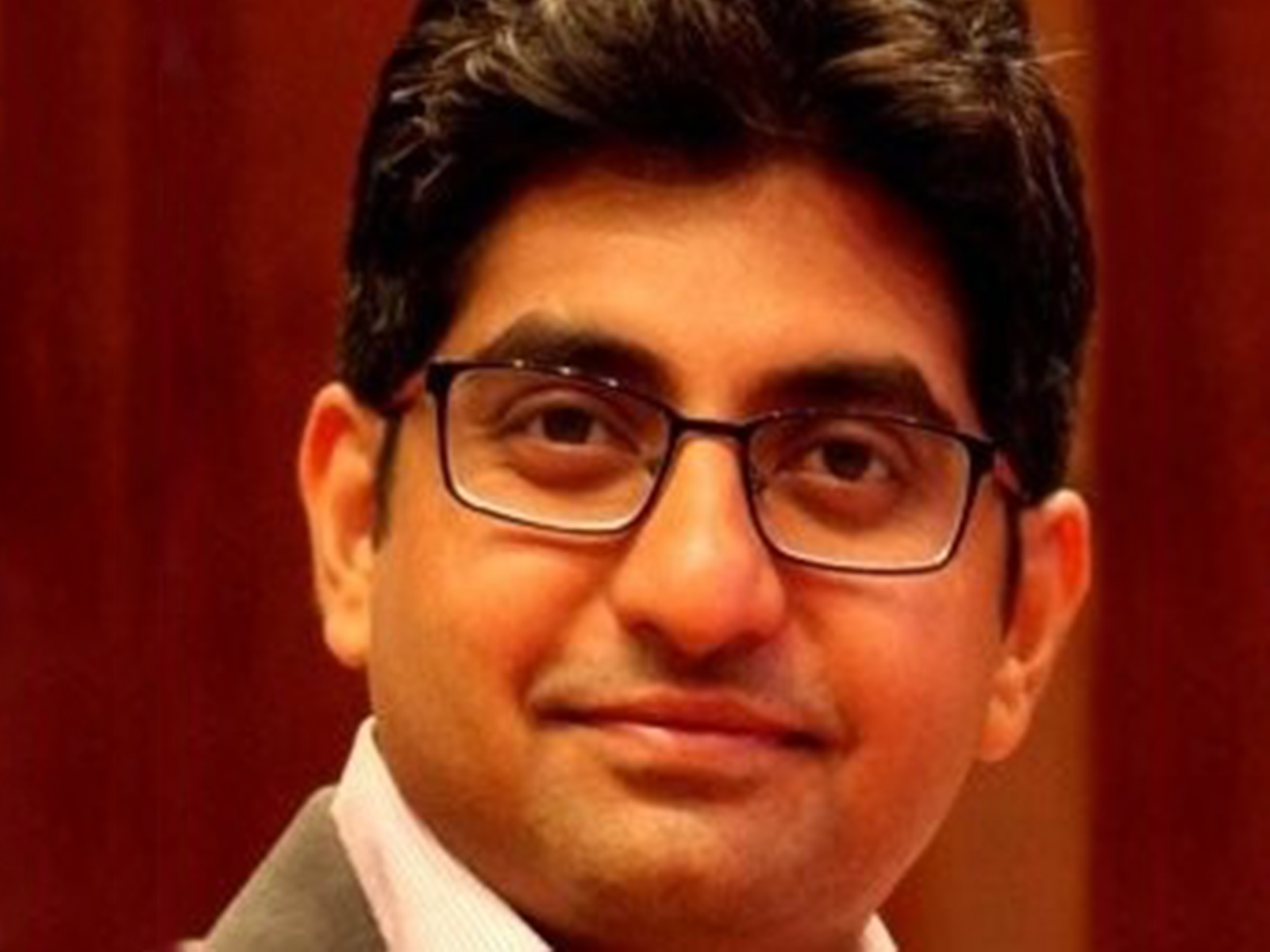
Conversation with Archan Banerjee, Head of Digital (SM), Pernod Ricard India
Data Science is the core of any marketing campaign. At the same time, immersive technologies like AR and VR are nascent but are here to stay. In this exclusive TechEela conversation, Archan Banerjee, a seasoned Digital-marketing professional, discusses his digital marketing journey, the importance of Data Sciences for marketing campaigns, and how emerging technologies like AR/ VR/ MR will deliver digital experiences.
1. Tell us about your journey so far, and when did you sense that digital marketing will be the future?
Bear with me for a longish start, but then, I guess that’s what makes my journey exciting! I have been working for around 14 years, out of which 11 years have been purely in digital marketing. I began my career with Evalueserve, a knowledge process outsourcing company. While working there, I was involved in digital marketing through webinars, digital collaterals, etc.
I then moved to Milward Brown, a global leader in brand strategy consulting. Now, this was a Data and Analytics company. We were analyzing multiple brands. I noticed that their overall marketing spend was quite less, and they were digitally inactive. This was in 2008 when Google-led marketing and YouTube were in their nascent stages. It was fascinating to see how a small brand could stand out amidst the clutter.
From here, I moved to Oxygen. Oxygen was doing precisely what PayTm did, but much earlier. They introduced the concept of mobile wallets. The mobile wallet technology helped brand activation through instant gratification given to telecoms when mobile wallets were topped up. This was my core job at Oxygen.
I moved on from Oxygen to a PR position at Genesis Burson-Marsteller. There, I embarked on a digital activation journey where campaigns were built, and communication strategies developed as brands desired community management very dearly. Every brand strategy and brand discussion was about creating more fans and conversations.
Creating a Facebook page, creating organic feeds, engagement, all these terms were getting synonymous. I then moved to Bharti Airtel as a brand manager for digital engagement. The advantage there was the sheer size of the company. We were able to achieve a lot more because of Airtel’s reach in the market. Then I moved to Dabur India to head their digital practice.
My career has been a combination of sorts.
I am pleased to say that my career recently leaped as I was appointed the Head of Digital (SM) at Pernod Ricard India. It has been a fascinating journey, and I am excited to see where this takes me in the future.
2. What are the usual marketing challenges faced by the FMCG sector? How does Digital Marketing help address those?
It is a two-fold approach to any FMCG strategy. One is creating brand engagement. The second is to get people to endorse marketing claims. This is through communication on television, through celebrities, actors, or models. Our effort is to ensure that it is accurate and that the claim is researched. Here, consumer advocacy becomes crucial.
From conventional television, we are moving to digital, because it allows for greater audience engagement. It is here that we see that the digital media solving multiple issues about conversations with the audience. Unlike conventional and one-way channels media like print or radio, digital media facilitate two-way communications between the brand and the consumer. It is here that digital or online platforms offer many flavors and can solve any business challenge.
Moreover, Digital is far more flexible, unlike telecom, which was the platform for customer relationship management, particularly for service organizations with considerable CRM challenges in queries/questions that need to be responded to on a real-time basis.
3. Over the last decade, the consumer journey has become omni-channeled, with mostly no interconnection in the micro-moments of their brand interaction. How do you connect the dots and ensure that your customers get the right product and experience?
It depends on the nature of the category and whether the brand is trying to create discoverability. Consumers will then browse search engines and access video content to discover the brand and have more in-depth engagement. If it is about getting new audiences, then talking on Facebook and Instagram makes more sense. If it is something that the brand has awareness about but needs to know whether this works, an influencer marketing campaign would be optimal. If it is for the sake of gathering knowledge experts, then a website with a content hub strategy would work better. It is very subjective to the kind of business. It is vital to map out the consumer journey with the recommended ideas based on business needs.
4. To what extent do you use analytics in your marketing decision making? Do you think that marketers need to be completely tech & data-savvy to face this brave new digital world?
Data science is at the core of any campaign; it will be valuable in the future. It helps identify consumer engagement trends, which can tap into micro-moments, and translate them into better advocacy and engagement.
However, people must be familiar with analytics. Performance marketing is purely based on sales, which is the holy grail of e-commerce. For Brand journeys, which are omnichannel in nature, we try to build relevance, so that it could converse and consider a recommended brand. For instance, in a toothpaste advertising commercial, if the brand names are removed, one will not differentiate any of those campaigns.
The newer generation spends very little time on each brand, so it becomes necessary to differentiate. There is nothing called digital marketing, as we will always need consumers. It is an evolving landscape. Even traditional companies have increased their visibility online, which does not mean television will become obsolete. The electronic channel will still play an important role, but it will move towards an on-demand platform content model. But this needs to move towards, easier, accessible, and less cluttered mode of presentation. Digital billboards are still very popular, as they can identify how many people view and identify passing devices. This is how outdoor media will evolve, which is where the Digital is a disruptor. Marketing is already disrupted, but digital will disrupt everything.
We are seeing CRM moving online ultimately, and tele-pharma becoming a significant and evolving trend in the future. MG Motors has already talked about the internet inside cars, smarter cars, and phones. Adidas has an RFID chip in its shoe, enabling walking through the metro without swiping in. A decade ago, people did not think PayTm would become as big as it is today. Similarly, ten years ago, when I was in the mobile wallet business, people did not buy it. But today, its benefits need no explanation. Tax filing and several other personal and statutory work have also gone online today.
5. What is your definition of digital experiences? How often do you use emerging and immersive technologies like AR/VR/MR in delivering those? Please share some examples.
Anything that makes you take one less decision in life is good technology! AR and VR are all good technologies but are still in their nascent stages; however, they add novelty value. Any technology which makes my life easier and makes my decision-making simpler is worth it and is essential. Like AR on the car windshield or in the lens like how Google is making, is revolutionary. Today’s Snapchat filters and AR filters are excellent and engaging, but it is still not impacting my life. It should give me more in-depth insights. Only then will people will not be able to live without it. Google Glass was an attempt in that direction, but it was too cumbersome. The hard reality is that 98% of start-ups don’t make it. We only focus on 2%, which are called unicorns. If we keep the fundamentals strong, stay on course, and understand precisely the consumer needs, we will be able to come up with scalable and relevant solutions.
6. When not busy formulating some digital strategy, what do you do in your spare time?
I like reading, and I love playing tennis. My book choices are a mix of biographies and fiction. For instance, The Purple Cow by Seth Godin talks about simple stuff- his theory is far more relevant today than Philip Kotler’s! Godin states that a black and white cow will not draw second glances. But the only way to get attention is to design a purple cow- this is something that must be done. We need to analyze all the current notions, put them to the test, and see what is necessary and practical.
7. What would be your advice for professionals who would like to build their career in Digital Marketing?
Develop your creativity and logical ability. Try and figure out the answers yourself as there is no set formula. We are the ones writing the formulae and hence need to figure ways out. We need to see what problem it solves and why a consumer should give his time to you. Beyond this, focus on building your basics. That is the only correct formula to succeed.
Disclaimer: The views and opinions expressed by our authors in this article are personal.





